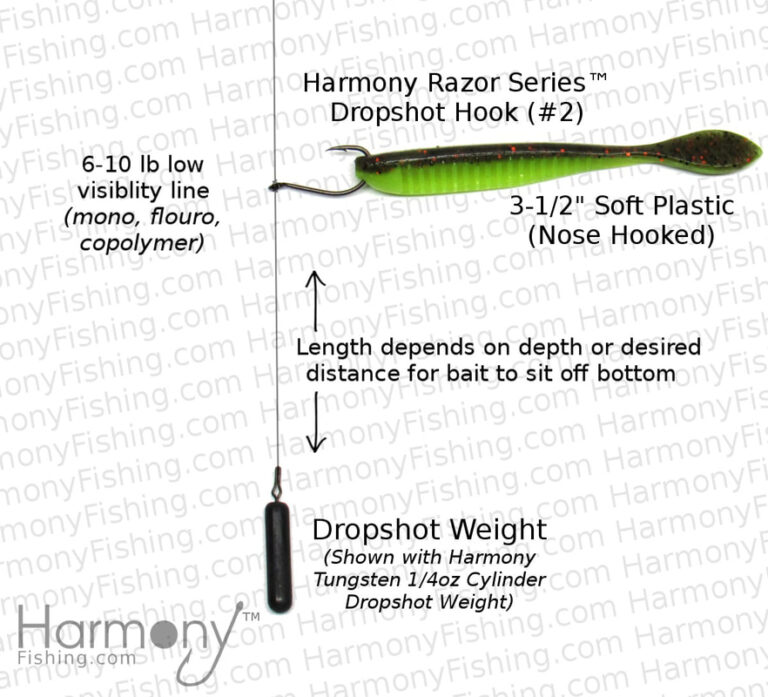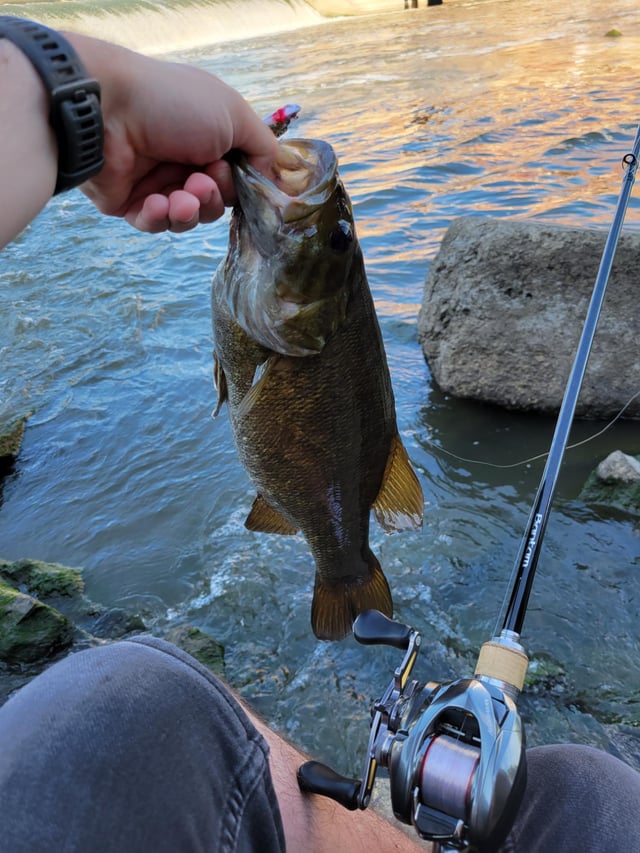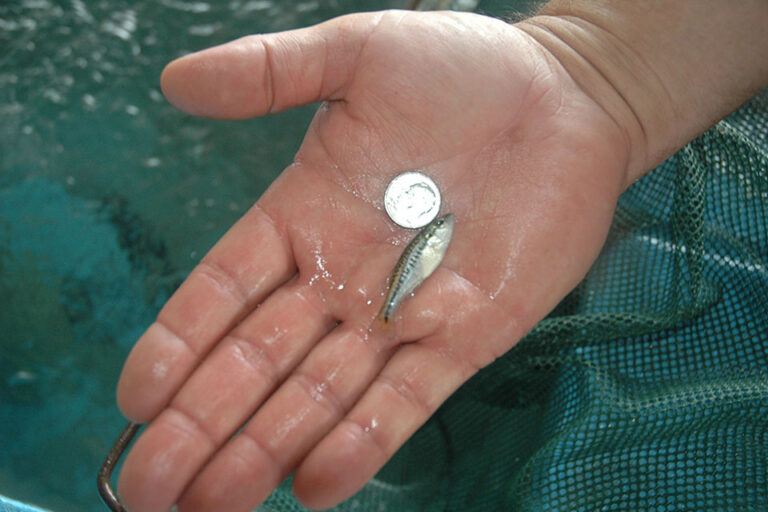How to Tell If a Bass is Male Or Female
Determining the sex of a bass can be challenging as there are no external characteristics that differ significantly between male and female bass. Sexual dimorphism is minimal, but males may exhibit a slimmer profile and smaller size during non-breeding seasons.
Anglers and enthusiasts often find themselves wondering how to differentiate between male and female bass. Understanding the nuances of bass biology helps in identifying the subtle differences. Often, these differences become more pronounced during spawning seasons when males frequently develop brighter colors and start to prepare nesting sites.
Female bass, on the other hand, tend to be larger, especially when they carry eggs, and display a more rounded belly. Identifying the sex of a bass contributes to better fishing practices and aids in ecological research and conservation efforts. Insight into the bass’s reproductive roles can enhance our understanding of their behavior, ensuring a sustainable future for bass populations.

Credit: m.youtube.com
Sexual Dimorphism In Bass
Understanding the sex of bass fish can be intriguing. Physical traits often serve as clues. Generally, female bass grow larger and have a more rounded belly. This is most noticeable during the spawning season. In contrast, male bass usually display a slimmer profile.
Behavioral signs, too, provide insights. Males tend to guard the nest. They stay close to the spawning area. Females, after laying eggs, usually swim away to deeper waters. Observe these actions carefully, especially in spring. Then, identifying male or female bass becomes easier.
Spotting The Differences
Identifying a bass’s gender can be tricky. Examining size is a start. Generally, female bass are bigger. They grow faster and live longer than male bass. This is important during spawning season, when females carry eggs.
Look at the bass’s color too. Males often have more vibrant hues. This is especially true during breeding times. Females tend to have subtler tones. But, color can be misleading. It changes with water conditions and seasons.
Fin shapes offer another clue. Male bass may display longer, pointier pelvic fins. For females, these fins are usually shorter and rounder. But this isn’t a rule. Many bass break this pattern.
| Feature | Male Bass | Female Bass |
|---|---|---|
| Size | Smaller | Larger |
| Color | Brighter | Subdued |
| Fin Shape | Long & Pointy | Short & Round |
Behavioral Signals
Determining a bass’s gender can be tricky without understanding their behavioral patterns. Look for nesting patterns, a good indication of gender. Male bass often take charge of creating and guarding nests. They select a spot, usually shallow areas, and vigorously fan the sand to prepare it for eggs.
Next, observe the aggression levels. Males exhibit more aggressive behavior when protecting their nest. They will chase away other fish and potential threats with great tenacity. It’s part of their duty during spawning season.
Lastly, courtship displays are a telltale sign. Male bass perform specific movements to attract females. They may shake their bodies or swim in zigzag patterns to catch the female’s attention. Recognizing these actions is key in identifying male bass.
Seasonal Changes Impact
Knowing whether a bass is male or female is key during the spring spawning season. During this period, environmental cues trigger distinctive behaviors aimed at reproduction. Bass are most active in spawning when the water temperature is just right, usually between 60 and 70 degrees Fahrenheit.
Male bass prep the nest, typically in shallow, warmer waters. They make sure it’s safe for the eggs. It’s easy to spot them fanning sand or debris to create the perfect spot. Females arrive when the nest is ready, laying thousands of eggs for the male to fertilize and protect.
Females are often larger and have a rounder, fuller abdomen due to carrying eggs. They can be seen near the spawning site but not fanning as males do. Understanding these environmental influences helps anglers identify the sex of bass and also informs conservation efforts during crucial breeding times.
Expert Insights
Fishermen often rely on years of experience to distinguish bass genders. They notice that male bass tend to have smaller, more streamlined bodies. Females, on the other hand, usually swell with eggs and appear larger during the breeding season.
Biologists confirm these observations with scientific studies. For exact identification, they examine the fish’s reproductive anatomy during the spawning season. This is when differences are most noticeable.
Aquarium enthusiasts observe bass behavior daily. They share that males often guard nests, while females visit to lay eggs and then leave. Careful observation in a controlled environment like an aquarium can reveal these unique behaviors, aiding in gender identification.

Credit: www.bassresource.com
Why It Matters
Knowing if a bass is male or female can change fishing tactics. Anglers may aim for big trophy fish or balance the catch.
Conservation programs rely on understanding fish populations. They protect both males and females for a healthy ecosystem.
In aquaculture, knowing the sex is crucial. It ensures sustainable fish farming practices.

Credit: www.researchgate.net
Frequently Asked Questions Of How To Tell If A Bass Is Male Or Female
How Do You Tell If A Bass Is A Boy Or Girl?
To determine a bass’s gender, observe during spawning season; males build nests while females have protruding bellies full of eggs.
Do Largemouth Bass Change Gender?
Largemouth bass do not change gender. They are born as either male or female and remain that way for life.
How Do You Tell Bass Apart?
To tell bass apart, observe body markings, jaw alignment, and fin size. Largemouth bass display a pronounced jawline beyond the eye, while smallmouth bass have a jaw not reaching past the eye. Notable vertical stripes often identify smallmouth bass.
How Do You Identify A Largemouth Bass?
Identify a largemouth bass by its large mouth that extends past the eye, a deep greenish to gray color, and a pronounced lateral line. They also have a broad, nearly divided dorsal fin and a robust body.
Conclusion
Determining the gender of a bass can seem complex, but it’s quite doable with attention to detail. This guide provided clues to help you discern the sex of these fish during the spawning season. Remember, look for size, spawning behavior, and coloration nuances.
With practice, you’ll soon spot the subtle differences with confidence. Happy fishing and keen observing!





